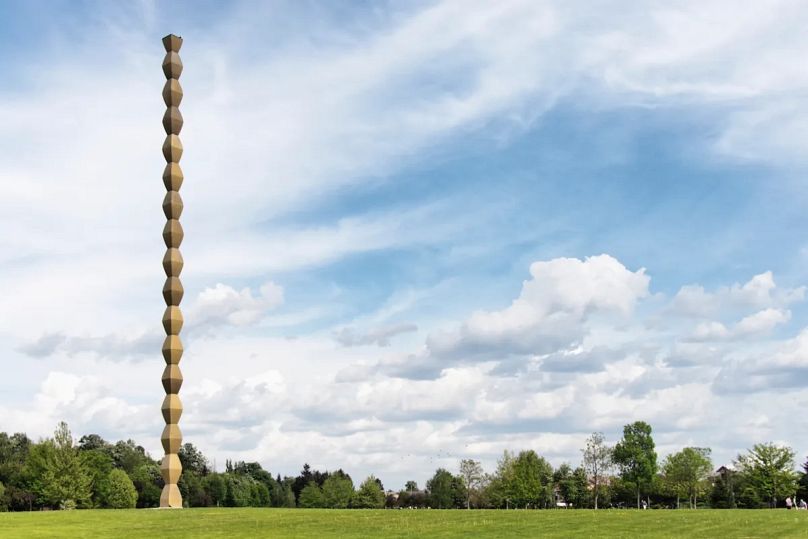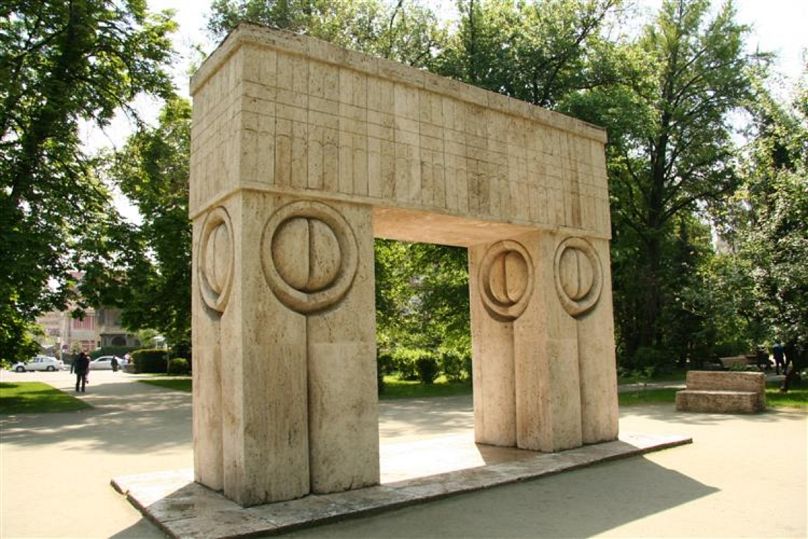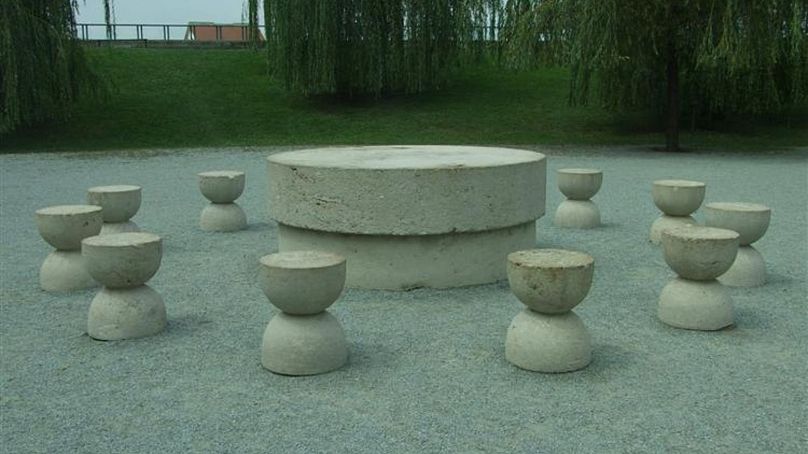Constantin Brâncuși's Targu Jiu ensemble in Romania has made the UNESCO World Heritage List - sculptures considered great examples of modernist art.
An ensemble of monuments by Romanian sculptor Constantin Brâncuși, including 'The Endless Column’, are the newest additions to UNESCO’s World Heritage List.
The group of five monuments, located in Romania and commonly referred to as the Targu Jiu Ensemble, have been collectively given this status.
'The Endless Column' is the most famous of these, a 30-meter-all sculpture commissioned in the town of Targu Jiu to honour fallen soldiers in World War I.
'The Endless Column' is part of a three-sculpture ensemble, including the 'The Gate of the Kiss', an arch whose form leads you down a path, and the 'The Table of Silence', a place where visitors can sit on minimalist chairs.
Brancusi was born in the small town of Hobita in Romania in 1876. The sculptor made a name for himself while living in Paris for most of his life. He arrived in the city in 1904 following an 18-month walk and then worked under Auguste Rodin.
In 1907, he left Rodin’s studio and shortly after this, he became a hugely influential artist of the 20th century, often playing with form and reducing figures to their simplest visual expressions.
Following his death in 1957, Brancusi wanted to leave his art to Romania. The then communist government declined.
Still making a mark, a few weeks ago the Centre Pompidou in Paris staged a retrospective exhibition showing off nearly two hundred of his sculptures.














